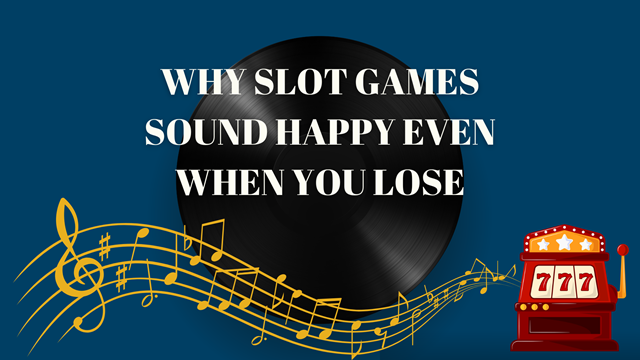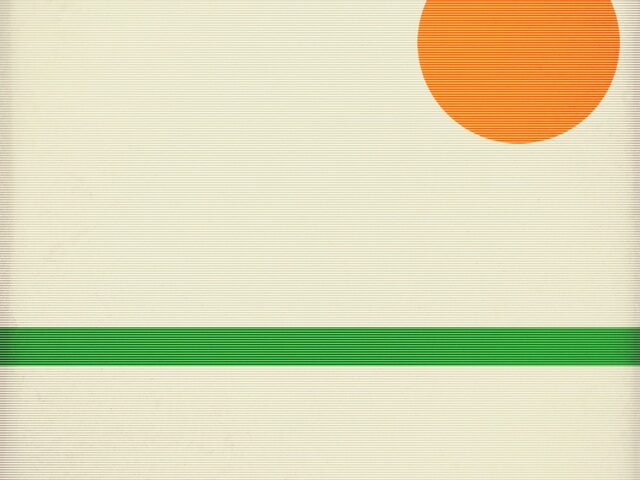One of the hardest aspects of playing any instrument is learning to read music quickly and efficiently. There are many drills and suggestions that are given by music teachers around the world, but one has always been part of the learning process for all new musicians. Learning to read piano music is as easy as remembering some acronyms to help you be able to scan through the sheet music and know what you need to play before you need to play it.
If that does not make any sense to you, we will explain a little bit further before we dig into the most common acronyms used to help students read piano music. You need to be able to look ahead of the note that you are currently playing. This offers you the skill to play on through the entire song without losing your place on the sheets in front of you.

Now with all of that being explained it is time to dig into the most common acronyms used by musicians across the country. Keep in mind that these are not set in stone. If you can come up with your own ways to remember these or if you would like to download sheet music feel free to do so. The point of them is to help you learn the piano music notes, so if a different way helps then all the power to you.
- Treble Clef Lines (EGBDF)
- E—Every
- G—Good
- B—Band
- D—Draws
- F—Fans
- Treble Clef Spaces (FACE)
- F—Forks
- A—And
- C—Chopsticks
- E—Everywhere
- Bass Clef Lines (GBDFA)
- G—Great
- B—Beethoven’s
- D—Deafness
- F—Frustrated
- A—All
- Bass Clef Spaces (ACEG)
- A—American
- C—Composers
- E—Envy
- G—Gershwin
As you can see the acronyms and the mnemonics above will help you learn the notes extremely easily. The reason that they make it easier to remember is because they are all catchy little rhymes that stick in your head once you have said it a few times. It also makes it easier for the mind to memorize them because they are associating something that we have related them to.
There are two more very important things that you need to know, as well. You need to know how to quickly glance at the clef and know what it means. The basic explanation for these two are that the treble clef is “G”, and the bass clef is the “F”. This should make it easy for you to remember when you see the symbol at the beginning of the series of notes on the music sheets.
As mentioned above you can take the letters of the acronyms above and make them more specific to you. Just make sure that when you change the words to ones that will be more familiar to you that they go smoothly together. If they don’t you will find that your way may be harder than these ones because the mind remembers things better if it flows together and it makes sense in our minds.
Do not feel intimidated or down if your piano playing does not go as good as planned at first. We all learn at our own speeds and even though these simple acronyms will help us remember the notes, it is still up to us to get in there and play the notes.
As time rolls on you will find that reading the notes off a music sheet becomes so easy that it is like a scholar reading a book. Stick with it and push through all the doubts and fears, memorize the acronyms and mnemonics above, and strive for excellence. For those looking to enhance their piano skills even further, explore the world of jazz piano with these free lessons.





